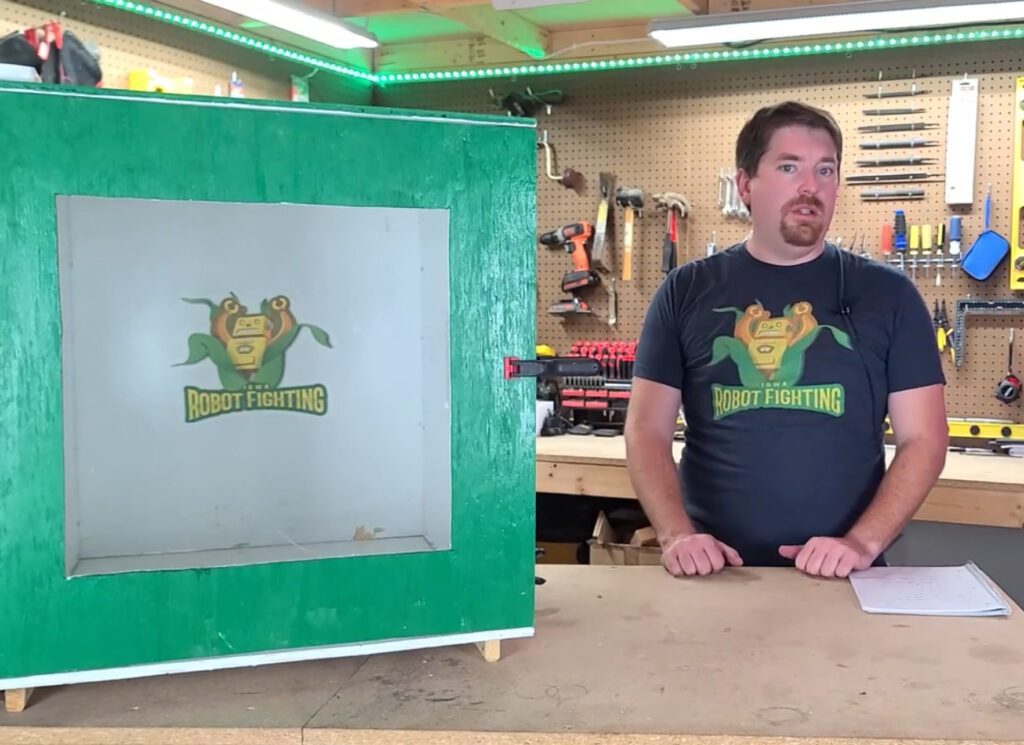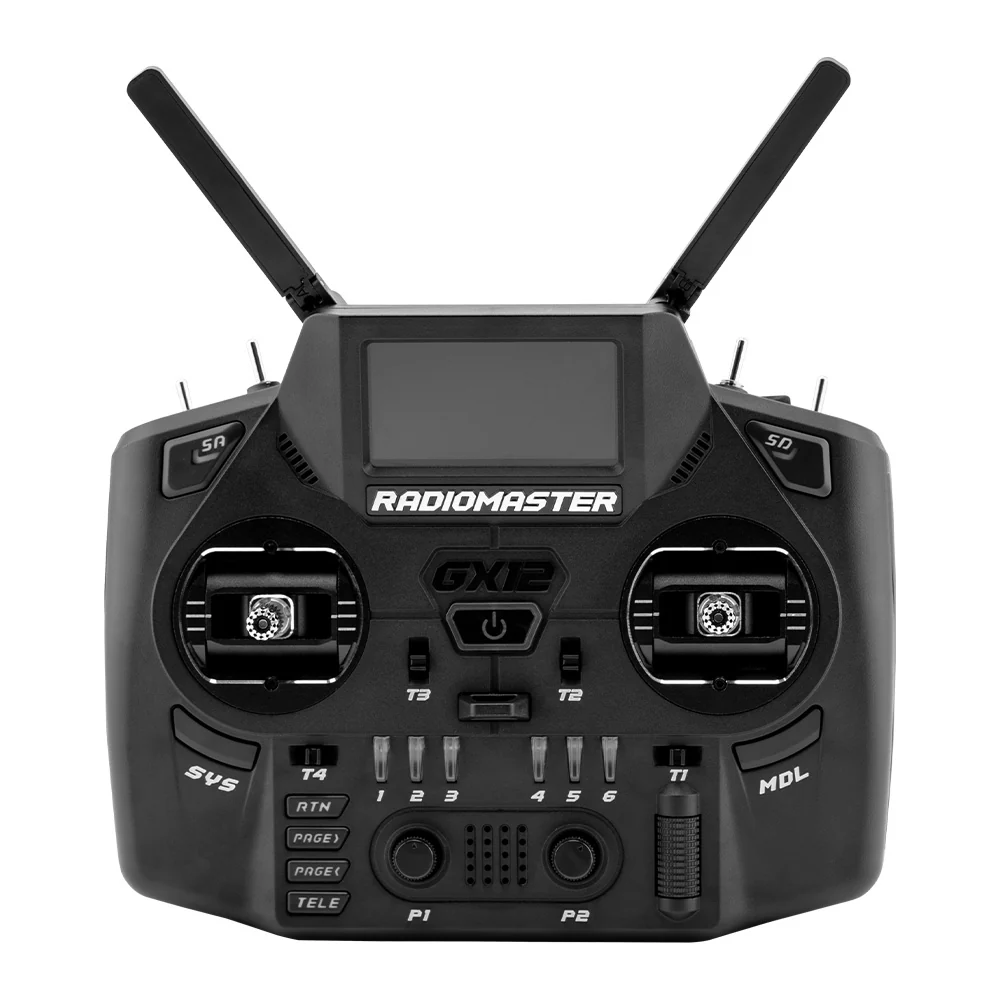Antweight robots—those fierce little bot shredders weighing just 1 pound (454 grams)—may be small, but regardless of weaponry, piloting one effectively will determine how well you do in a tournament. Whether you’re entering your first local tournament or eyeing national-level competition, sharpening your driving skills can be the difference between a quick loss and a match-winning hit. Exercises for robot control will help you get there.
In this post, I’ll cover the best training methods and driving exercises to improve your robot control, situational awareness, and combat instincts.
Note: these methods for training for control apply to bots in higher weight categories also, but a stronger test box will be needed for safety.
Why Driving Skills Matter More Than Power
No matter how destructive your weapon is, poor driving will expose your bot to attacks and make your weapon useless. Good drivers:
- Maintain positional control over opponents
- Capitalize on openings quickly
- Avoid arena hazards and traps
- Stay calm and recover from awkward situations
Driving often decides matches more than weapon strength, especially in pushers, wedges, or control bots.
Step 1: Build a Practice Arena
To train effectively, set up a safe and controlled area:
- Size: At least 3×3 feet; more if possible.
- Boundaries: Use wood, Polycarbonates, or foam boards (no weapons) to simulate arena walls.
- Flooring: Practice on the same surface as competition (usually plywood, HDPE, or steel)
- Optional: Add hazards like ramps, small pits (covered for safety), or movable objects to simulate match conditions.
- Important: A fully-inclosed test box is highly recommended for antweights with weapons.
Important: higher weight categories will require a stronger test box for safety.
Great YouTube video from Iowa Robot Fighting on building a test box.
Step 2: Basic Driving Exercises
Start with fundamental drills to develop muscle memory and stick precision. Here are 5 tried-and-true exercises:
Figure Eight Drill
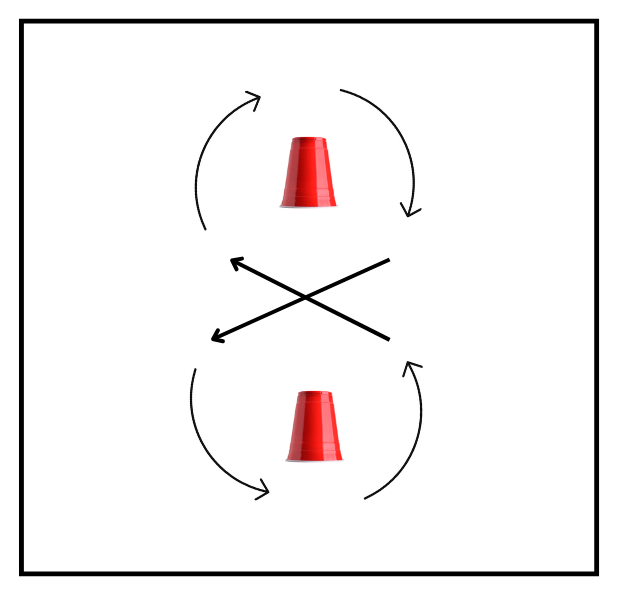
- Set up two cups (weighted solo cups work well) or cones about 2 feet apart.
- Drive in a figure eight around them, both directions.
- Focus on smooth transitions and speed control.
Box Drill
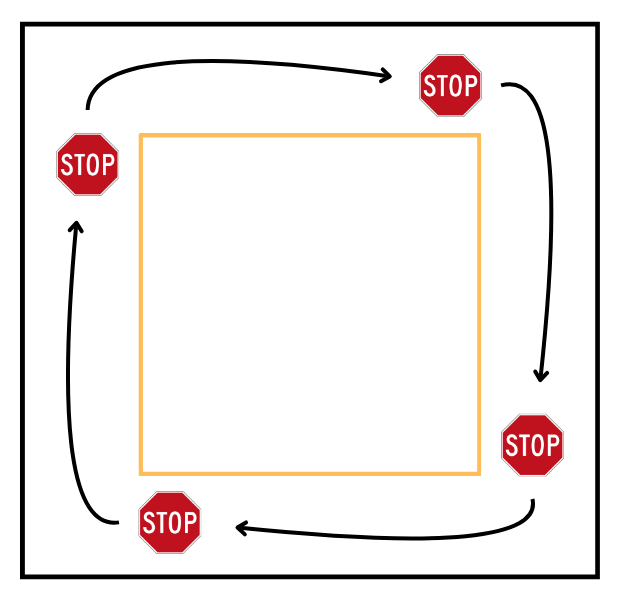
- Drive in a square around four marked corners.
- At each corner, stop completely and rotate 90 degrees.
- Builds cornering accuracy and start-stop control.
Centering Drill

- Practice quickly positioning your bot to the center of a marked circle or square.
- Helps with spatial awareness and target engagement.
Reverse Control
- Practice driving backward while maintaining orientation.
- Helps you regain control when flipped or disoriented in matches.
Push & Pin
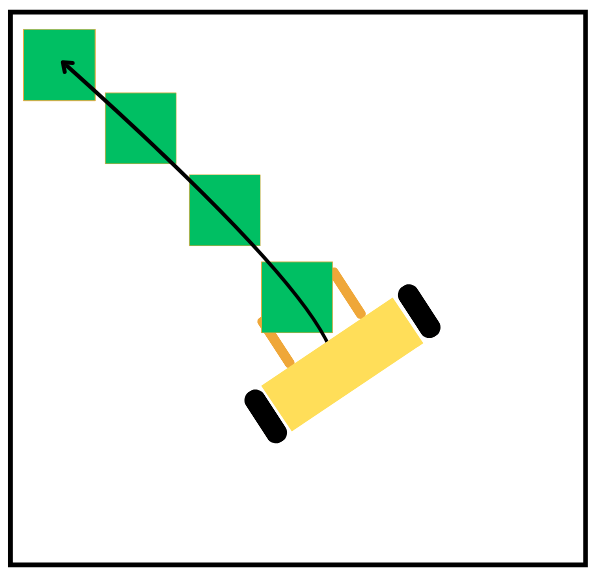
- Push an object (like a brick or a mini bot) across the arena into a corner.
- Teaches engagement control and how to trap opponents without oversteering.
Step 3: Simulate Combat Scenarios
Once you’ve nailed the basics, introduce simulated sparring:
Solo Sparring Scenarios:
- Dodge an Invisible Opponent: Imagine an attacker and practice dodging and repositioning.
- Timed Pin & Retreat: Drive up to a wall, “pin” for 10 seconds, then retreat cleanly.
- Obstacle Course: Set up blocks and hazards to simulate chaos during combat.
Bot vs Bot Sparring:

If you have a friend with a combat bot who wants to get better too, invite him/her over for mini-matches:
- Run short 30-second matches focused on control, not damage.
- Try different driving styles: aggression, evasion, baiting.
- Film and review matches to spot over-corrections or hesitation.
Step 4: Fine-Tuning Your Control Setup
Even the best drivers struggle with poor controls. Here are some tips:
- Tune your transmitter rates and expo: Start with 30% exponential on throttle and turn, then tweak for responsiveness.
- Consider dual-stick vs single-stick driving: Some drivers prefer tank controls (dual-stick), others arcade (single-stick).
- Use throttle curves or mixing to smooth out fast acceleration or twitchy turning.
Step 5: Mental Training and Match Preparation
- Visualization: Mentally run through combat scenarios before matches.
- Focus drills: Practice while distracted (music, noise) to simulate match nerves.
- Stay calm after flips or weapon failures: Practice “worst-case” drills to stay composed.
Final Thoughts
Mastering an antweight combat robot takes repetition, discipline, and strategic thinking. A well-driven bot will often outlast and outsmart a poorly piloted powerhouse. Practice regularly, analyze your driving like an athlete, and you’ll soon be commanding the arena like a pro.
Whether you’re a builder, a battler, or both—train like it’s a sport, and your results will show it.
Want more tips for combat robotics electronics, construction, or tournament prep? Subscribe to my newsletter or leave your questions in the comments!
Check out more info on rocketry in my Knowledge Base articles.

